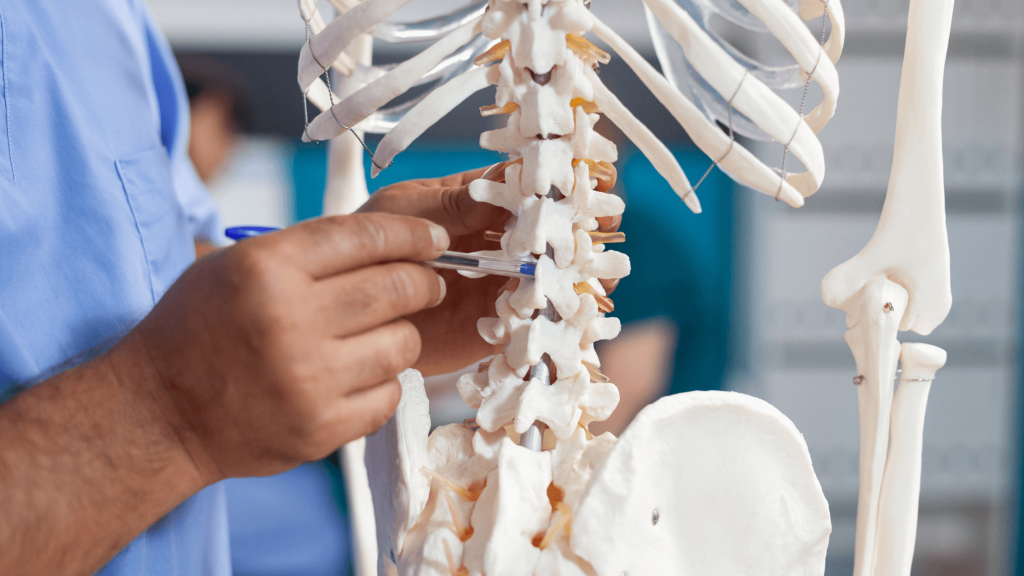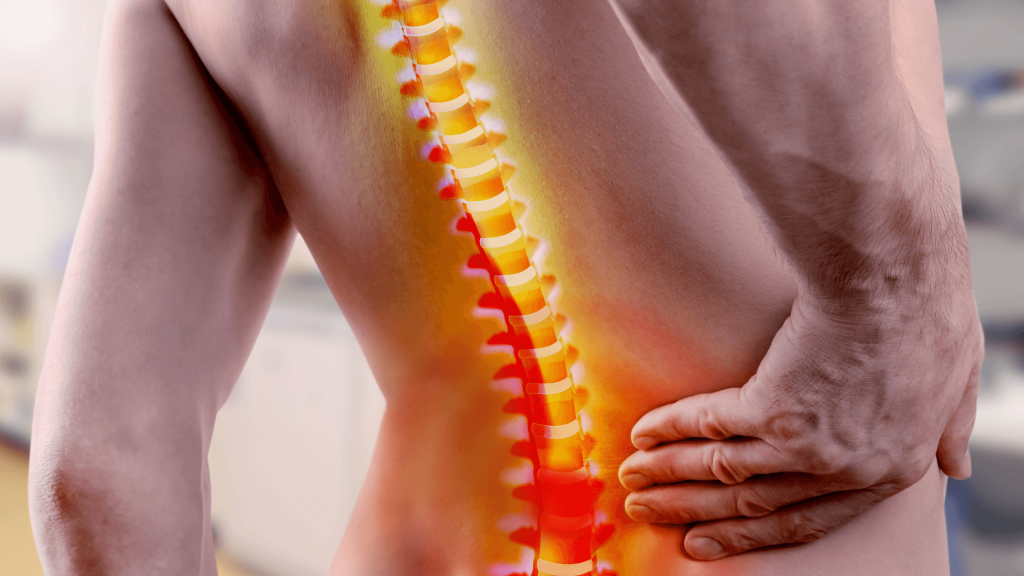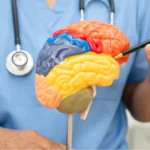More than just a physical pain, sciatica can be a sciatica can put a great strain on your emotional and mental well-being.
That is why we will also discuss among other aspects how this condition can impact your overall quality of life, from the quality of your sleep to your personal relationships and daily activities.
Want to know more? Let’s see it!
What is sciatica?
Imagine experiencing a “cramping” pain from your lower back down your leg. This pain can be so persistent and debilitating that it can make it difficult for you to perform basic activities, such as walking or sitting comfortably. This is what we have just recreated. sciatic pain.
Characteristics of sciatica:
- Burning, stabbing pain radiating from the lower back into one or both legs.
- Tingling sensation or numbness in the legs or feet.
- Muscle weakness in the affected area, making movement difficult.
In addition to causing physical discomfort, it can affect your mood, your ability to work and your overall quality of life. This condition can arise due to a variety of causes, such as a herniated disc, canal stenosis or spinal cord injury, affecting people of all ages and lifestyles.
It is essential to understand that sciatica is not an inevitable fate, but a treatable condition. With proper knowledge and timely treatment, it is possible to find relief and regain the freedom of movement that we value so much in our daily lives.

Causes of sciatica
- Herniated disc: one of the most common causes of sciatica is disc herniation, where soft material within the intervertebral disc becomes displaced and compresses some of the roots that form the sciatic nervetriggering painful symptoms.
- Canal stenosis: this condition refers to narrowing of the spinal canal, which can put pressure on nerve roots and cause pain in the lower back and legs.
- Spinal cord injuries: trauma, osteoporotic fractures or spinal injuries can damage the surrounding nerves and tissues, triggering symptoms of sciatica.
These are just some of the possible causes of causes of sciaticabut the list does not end there. Factors such as pregnancy, overweight, sedentary lifestyle and aging can also contribute to this ailment.
Symptoms of sciatica
When the persistent and debilitating pain of sciatica is sciatica interrupts your life, the first step toward recovery is to get an accurate diagnosis. But, how do you know if you really have a sciatica problem or if there is another problem at play? We explain it to you so that you can find out for sure!
The path to diagnosis:
- Detailed physical examinationA thorough physical examination will be performed in consultation, evaluating your symptoms, mobility, muscle strength and reflexes to identify possible signs of sciatica.
- Medical history: a detailed medical history is essential, including any previous illnesses, allergies, underlying medical conditions or previous surgeries that may be related to your symptoms.
- Imaging tests: to get a clearer picture of what is going on inside your body you may undergo advanced imaging tests, such as a spinal MRI (Magnetic Resonance Imaging) which may reveal herniated discs, canal stenosis or other abnormalities in the spine.
- Electromyography (EMG): sometimes it may be necessary to complete the study with functional tests, which evaluate how electrical activity reaches the muscles to determine if there is nerve damage.
Once an accurate assessment has been made, we will work with you to develop a customized treatment plan that is tailored to your individual needs.
In summary, getting a proper diagnosis is the first step toward relief and recovery from sciatica.
Treatments for diabetic pain
You’re about to take the first step toward relief! With a variety of treatment options available, there is hope for finding the solution you long for.
- Physical ActivityIt is key in your preparation to combat lumbosciatic pain. Back School exercises, either with the help of a physiotherapist, personal trainer, physical trainer,… can help improve flexibility and mobility of the spine and strengthen the lumbar musculature.
- MedicationsNonsteroidal anti-inflammatory drugs (NSAIDs), such as ibuprofen or naproxen, may help reduce inflammation and relieve pain associated with sciatica. In more severe cases, stronger medications, such as steroids, may be prescribed to reduce swelling and nerve irritation.
- Techniques through pain unit (infiltrations, radiofrequency, etc).These techniques can provide short and long term relief, depending on the individual needs of each patient.
- Spine surgery: When other conservative treatments have not been effective, spine surgery may be an option. Surgical procedures, such as microdiscectomy or laminectomy with minimally invasive technique, can help relieve pressure on the sciatic nerve.
In summary, the treatment of sciatic pain consists of:
- Phase 1: If you are in the initial stage, it is necessary to offer treatment with anti-inflammatories, muscle relaxants and the necessary rest to relieve your acute pain.
- Phase 2: For those whose pain begins to subside, it is time to begin progressive physical activity through the Back School, allowing you to gradually regain strength and mobility.
- Phase 3: If the pain persists for more than three weeks and does not respond to conservative treatment, it is time to consider alternatives. Is low back pain predominant? We may consider facet infiltrations and/or radiofrequencies to alleviate your discomfort. Or is it sciatic pain that is bothering you the most? In that case, minimally invasive surgery (MISS) may be the solution you are looking for.

Recover your wellness with a neurosurgeon
As a physician specializing in neurosurgery and spine surgery, my commitment is to provide you with the best care possible for yourmy commitment is to provide you with the best possible care to relieve your sciatic relieve your sciatica pain and improve your quality of life.
With years of experience in the field of neurosurgeryI have dedicated my career to helping patients like you overcome their ailments. My approach focuses on understanding your specific symptoms and needs to develop a personalized treatment plan that will provide you with long-term relief and wellness.
From my professional perspective, I always recommend seeing a specialist for an accurate diagnosis of the ailment. accurate diagnosis of the ailmentThis is essential to determine the most effective treatment and avoid future complications.
In conclusion, the sciatica pain can be challenging, but with the right knowledge and proper treatment, you can overcome this condition and get back to enjoying a full life.



